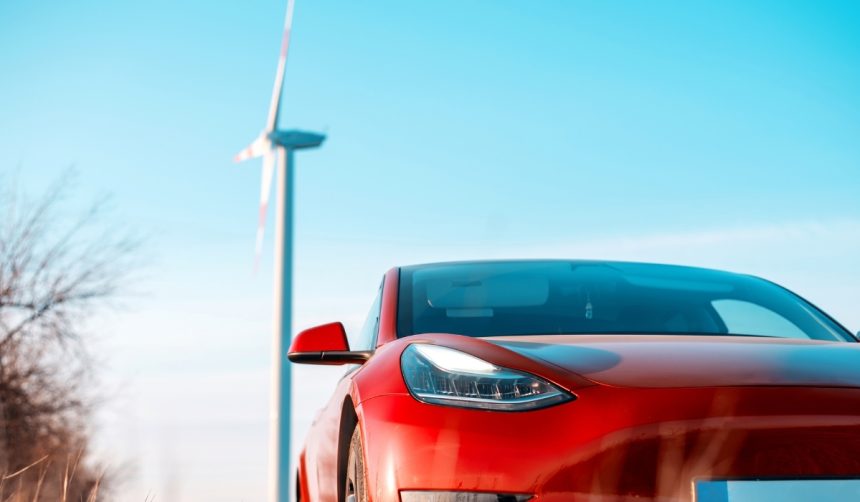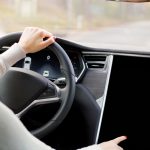From the rapid adoption of assisted driving to ongoing debates over safety claims, Tesla’s latest Vehicle Safety Report brings new data to an industry under scrutiny. Released figures indicate that Autopilot technology is not only shaping user trust but is also backed by evidence comparing it to national standards. As self-driving and driver-assist systems become more accessible, consumers and regulators closely watch these technologies’ real-world impacts.
Earlier releases from Tesla regarding Autopilot safety reported similar trends, but slight variations appeared in data depending on the quarter analyzed. For example, Q3 2024 numbers indicated stronger safety performance than those in Q3 2025, while Q1 results have consistently outperformed other periods, likely influenced by seasonal changes. Discussions in external analyses have noted how both Tesla’s reporting frequency and the growing vehicle fleet affect the reliability and context of comparisons. In previous debates, experts questioned the differences between supervised Autopilot driving and the broader set of U.S. driving conditions, especially concerning varied weather and driver attentiveness.
How Does Tesla’s Autopilot Measure Up Against National Accident Rates?
According to data in Tesla’s Q3 2025 Safety Report, vehicles equipped with Autopilot experienced one crash every 6.36 million miles traveled. In contrast, the National Highway Traffic Safety Administration and Federal Highway Administration indicate that on average, a crash occurs every 702,000 miles in the United States. This suggests Autopilot-operated vehicles encounter significantly fewer accidents per mile.
Are Recent Figures An Improvement Over Previous Tesla Reports?
The latest report reveals a slight decrease from Q3 2024, when Tesla documented one crash per 7 million miles using Autopilot. Historically, Tesla’s Q1 reports have consistently yielded better accident rates, with Q1 2024 showing a peak of one crash every 7.63 million miles. The company attributes lower performance in later quarters to factors such as adverse weather and deteriorating road conditions.
What Does Tesla Say About Autopilot and Full Self-Driving Capabilities?
Tesla maintains that properly used Autopilot and the Full Self-Driving (Supervised) suite remain a safe option for drivers in various conditions. With ongoing enhancements based on real-world driving feedback, the company emphasizes continuous improvement.
“In Q3 2025, we recorded 1 crash for every 6.36 million miles driven in which drivers were using Autopilot technology,”
the company stated, referencing its quarterly data. Tesla also teased the possibility of unsupervised Full Self-Driving features in the future, though it emphasizes more progress is required before such technology is widely released.
“The most recent data available from NHTSA & FHWA shows that in the United States there was an automobile crash approximately every 702,000 miles,”
Tesla noted to highlight its comparative results.
Ongoing scrutiny surrounds the scope and validity of these findings, as industry observers continue to assess how Tesla’s proprietary data aligns with national metrics. The broader discussion often centers on the conditions in which Autopilot is used, user compliance with safety prompts, and the varying degrees of automation involved. While the reported numbers showcase a positive trend in accident reduction with Autopilot, questions remain regarding context, long-term data stability, and scalability as more drivers use these systems.
For readers interested in driver-assist technologies, the reported statistics can offer a reference point but should be considered alongside a range of external factors, including usage environments, software updates, and regulatory oversight. It is important to differentiate between Autopilot, Full Self-Driving (Supervised), and future unsupervised versions—each with unique safety profiles and operational limitations. Before relying solely on automated features, drivers should remain watchful and adhere to the manufacturer’s guidelines, as the evolution of these systems continues to unfold within dynamic traffic environments.










